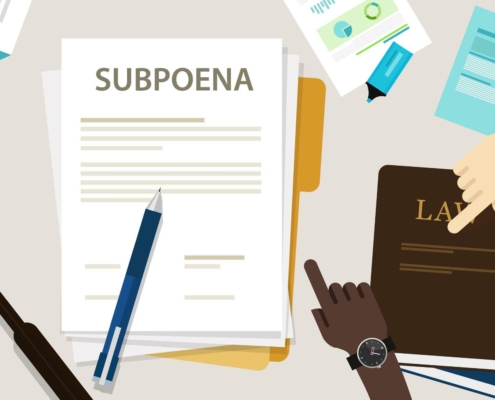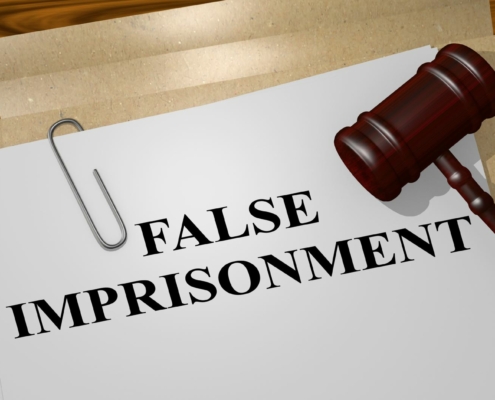Introduction: The Importance of Understanding Brackets in Mediation
In mediation, brackets are strategic tools used to facilitate negotiations and reach a settlement. Understanding the different types of brackets and how to use each one effectively can be crucial. The right bracket can help bridge gaps between parties, encourage concessions, and lead to a favorable settlement. Conversely, the wrong approach can stall negotiations and result in a breakdown of the mediation process. This guide explores various types of brackets—true, conditional, high-low, exploratory, anchoring, and floating—highlighting their benefits, disadvantages, and appropriate uses. Mastering these tools can significantly impact the outcome of your mediation efforts.
What is a True Bracket?
A true bracket in mediation is a specific range of settlement figures both parties agree to negotiate within. This helps narrow the negotiation gap and focus discussions on a mutually acceptable range.
Benefits
- Focuses Negotiations: Helps parties concentrate on a specific settlement range, making discussions more productive.
- Facilitates Agreement: Reduces the negotiation gap, increasing the likelihood of reaching an agreement.
- Clarity and Transparency: Both parties clearly understand the negotiation parameters, reducing misunderstandings.
Disadvantages
- Limits Flexibility: Can restrict negotiation options, making it harder to adjust to new information or changing circumstances.
- Potential Stalemate: If the agreed range is too narrow or unrealistic, it might lead to an impasse.
- Pressure: Parties may feel pressured to agree to terms within the bracket even if they have reservations.
When to Use
True brackets are typically used:
- At an Impasse: When parties are stuck and need to narrow their focus to a specific range to continue productive negotiations.
- To Provide Structure: When negotiations lack direction, and a defined range can help create a more structured dialogue.
- To Build Trust: When both parties want to demonstrate their willingness to settle within reasonable boundaries.
What is a Conditional Bracket?
A conditional bracket in mediation is a range of settlement figures proposed under specific conditions. One party’s willingness to negotiate within this range depends on the other party meeting particular conditions or terms.
Benefits
- Encourages Concessions: Motivates parties to make concessions to meet the conditions and enter negotiations within the bracket.
- Facilitates Exploration: Allows parties to explore potential settlements while addressing specific concerns or conditions.
- Focuses Negotiation: Narrows the negotiation scope to a defined range once conditions are met, making discussions more efficient.
Disadvantages
- Complexity: Introducing conditions can complicate negotiations and lead to misunderstandings or disputes about the terms.
- Delay: Meeting conditions may take time, potentially delaying the negotiation process.
- Conditional Reliance: If conditions are not met, negotiations may stall, and parties might not progress toward settlement.
When to Use
Conditional brackets are typically used:
- When Addressing Specific Concerns: When one party needs certain conditions met before committing to a negotiation range.
- To Test Flexibility: To gauge the other party’s willingness to settle within a certain range based on meeting specified terms.
- Early in Negotiations: To explore potential settlement ranges while ensuring important terms or conditions are considered.
What is a High-Low Bracket?
A high-low bracket in mediation sets the maximum (high) and minimum (low) amounts either party is willing to accept for a settlement. This range ensures that the final settlement will fall between these two figures.
Benefits
- Risk Control: Limits the risk of an extreme outcome by establishing a predictable settlement range.
- Encourages Settlement: Provides both parties with a sense of security, making them more willing to negotiate.
- Predictability: Helps both parties plan and prepare, knowing the settlement will fall within an agreed range.
Disadvantages
- Limited Flexibility: Constrains the negotiation range, which might not be adaptable to new information or changing circumstances.
- Potential Stalemate: If the high and low figures are too far apart, it might lead to an impasse.
- Pressure to Compromise: Parties might feel pressured to accept terms within the bracket even if they have reservations.
When to Use
High-low brackets are typically used:
- To Mitigate Risk: When both parties want to avoid the uncertainty of an unpredictable settlement outcome.
- When Settlement is Near: When parties are close to reaching an agreement and need a defined range to finalize the deal.
- In Complex Cases: When the case involves significant disparities in expectations, a high-low bracket can help bridge the gap and encourage settlement.
What is an Exploratory Bracket?
An exploratory bracket in mediation is a proposed range of settlement figures used to gauge the other party’s flexibility and willingness to negotiate without committing to specific terms. It helps to identify possible settlement ranges and understand the negotiation boundaries.
Benefits
- Assess Flexibility: Helps to understand the other party’s willingness to negotiate within certain limits.
- Opens Dialogue: Initiates discussion about potential settlement figures without binding commitments.
- Clarifies Positions: Provides insight into each party’s expectations and priorities, facilitating more informed negotiations.
Disadvantages
- Non-Binding: Since it’s not a firm commitment, it might not lead to concrete progress in negotiations.
- Potential Misunderstanding: The other party might misinterpret the exploratory bracket as a firm offer, leading to confusion.
- May Not Narrow Gap: If the exploratory range is too broad or unrealistic, it might not effectively narrow the negotiation gap.
When to Use
Exploratory brackets are typically used:
- Early in Negotiations: To assess the other party’s flexibility and identify potential settlement ranges.
- When Testing Waters: When one party wants to understand the other party’s position without making a binding offer.
- To Initiate Discussion: When parties are uncertain about the other’s expectations and need to start a dialogue about possible settlement figures.
What is an Anchoring Bracket?
An anchoring bracket in mediation sets an initial reference point or range that aims to influence the subsequent negotiation process. It establishes a boundary that helps shape the expectations and counteroffers of the other party.
Benefits
- Influences Perception: Sets a reference point that can steer the negotiation in a favorable direction for the proposing party.
- Creates Structure: Provides a clear starting point, helping to organize and focus the negotiation process.
- Psychological Advantage: Can make subsequent offers and counteroffers more likely to fall within a desirable range for the anchoring party.
Disadvantages
- Rigidity: If the anchoring bracket is too rigid or unrealistic, it might lead to an impasse or resistance from the other party.
- Potential Backfire: The other party might reject the anchor outright, leading to a breakdown in negotiations.
- Overconfidence Risk: Over-reliance on the anchor can result in missed opportunities for a more flexible or creative settlement.
When to Use
Anchoring brackets are typically used:
- At the Start of Negotiations: To establish a reference point that shapes the direction and range of the negotiation.
- When Seeking Advantage: When a party wants to gain a psychological edge by influencing the other party’s expectations and responses.
- In Complex Negotiations: To provide structure and focus in situations where there are multiple issues or wide gaps between the parties’ positions.
What is a Floating Bracket?
A floating bracket in mediation is a flexible range of settlement figures that can be adjusted based on new information or changing dynamics during the negotiation process. It allows both parties to modify their positions as discussions progress.
Benefits
- Flexibility: Adapts to new information and changing circumstances, making it easier to reach a mutually acceptable agreement.
- Encourages Cooperation: Promotes open dialogue and collaboration as parties adjust their expectations together.
- Reduces Impasses: By allowing adjustments, it minimizes the likelihood of a stalemate due to rigid positions.
Disadvantages
- Uncertainty: The lack of fixed parameters can create uncertainty and make it harder to predict the final outcome.
- Complexity: Continuous adjustments might complicate the negotiation process and prolong discussions.
- Potential for Manipulation: One party might exploit the flexibility to constantly shift the range, hindering progress.
When to Use
Floating brackets are typically used:
- In Dynamic Situations: When new information or changing circumstances significantly impact the negotiation.
- To Break Stalemates: When fixed positions have led to an impasse, and flexibility is needed to move forward.
- When Exploring Options: To allow both parties to explore different settlement options without being confined to a rigid range.






















 By: Brad Nakase, Attorney
By: Brad Nakase, Attorney





